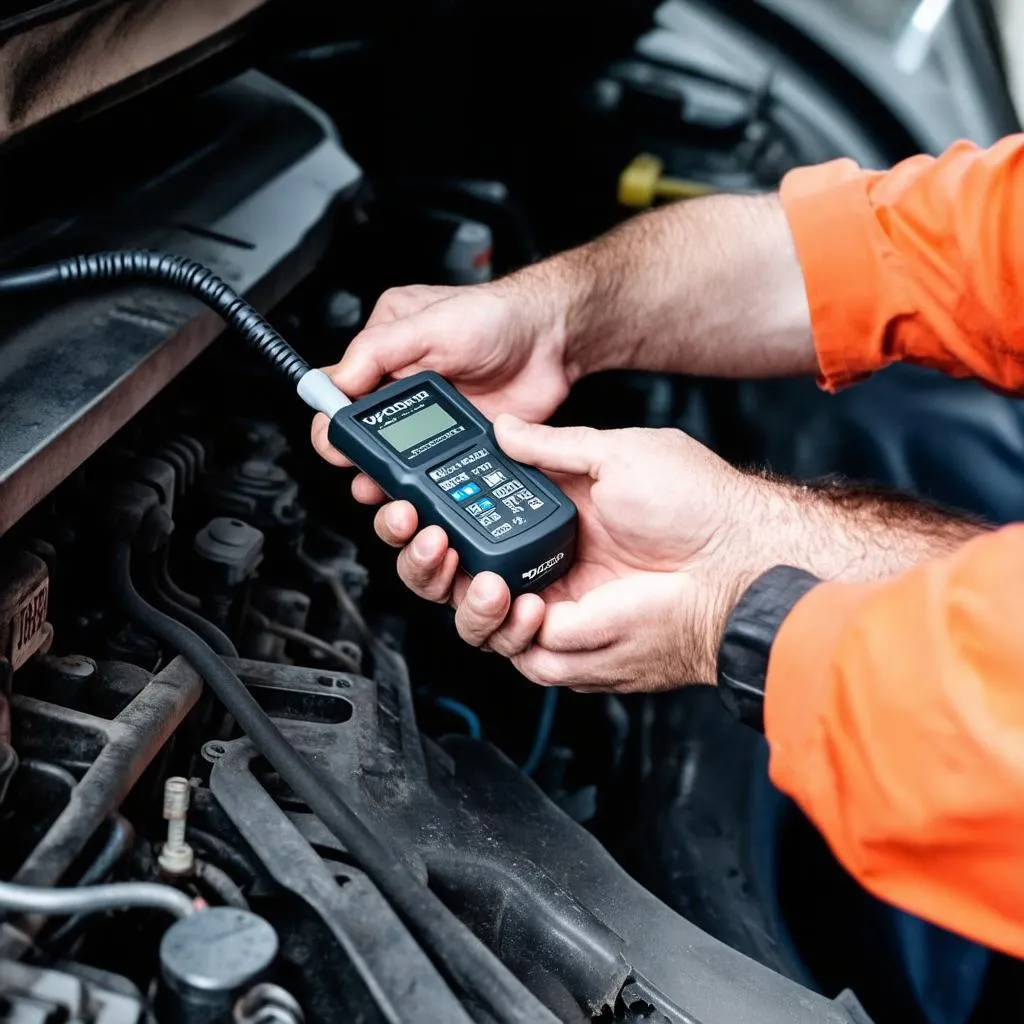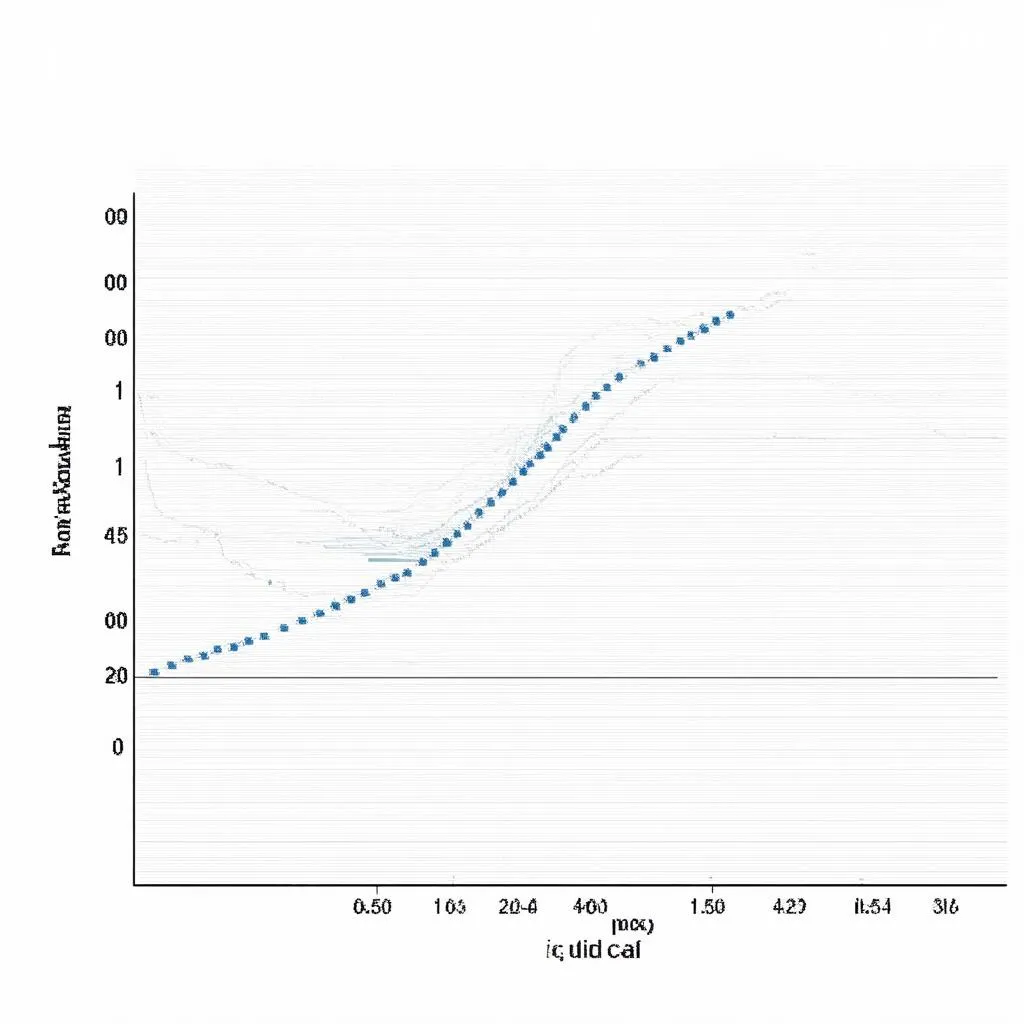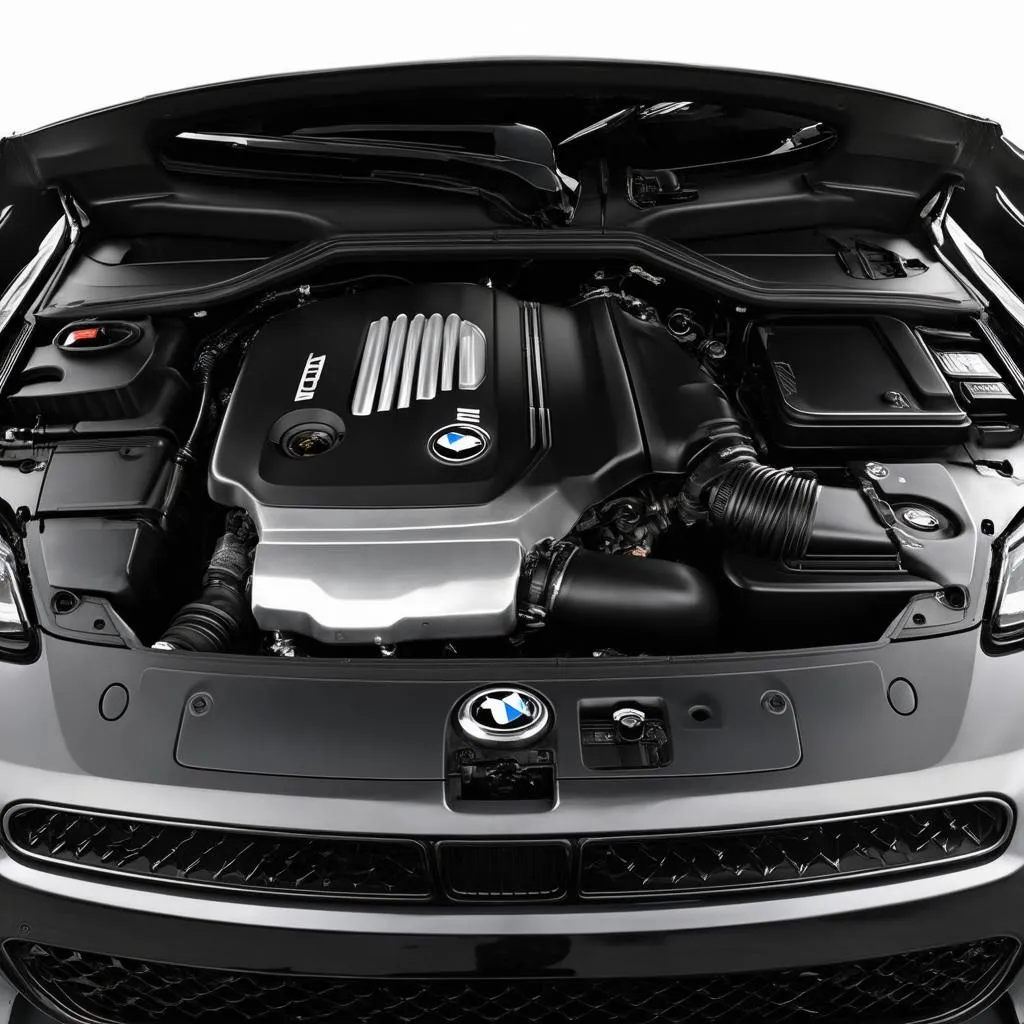Measuring Acceleration with VCDS: A Comprehensive Guide for European Car Owners
“If you want to go fast, you need to know how to measure speed, but what about acceleration?” This is a question that many car enthusiasts, especially those who own European vehicles, have pondered. For those who are unfamiliar, VCDS (Vehicle Diagnostic Systems) is a powerful diagnostic tool that allows you to access and modify various parameters within your car’s control modules. One of its many capabilities is measuring acceleration, a crucial metric for understanding your car’s performance and potential tuning capabilities.
Why is Measuring Acceleration Important?
Understanding Your Car’s Performance
Acceleration is a fundamental aspect of car performance. It’s not just about hitting a high top speed; it’s about how quickly you can gain speed. This is particularly important for everyday driving, as it directly affects your ability to merge safely, overtake, and react quickly in situations where time is of the essence.
Tuning and Optimization
Many car enthusiasts are interested in tuning and optimizing their vehicles for better performance. Measuring acceleration is a critical step in this process. By measuring your car’s baseline acceleration, you can benchmark your car’s performance before making any modifications. After tuning, you can measure the acceleration again to see the improvement achieved.
Troubleshooting Engine Issues
While acceleration is a measure of performance, it can also be an indicator of underlying engine issues. A drop in acceleration, especially if accompanied by other symptoms, can point towards problems with the engine, fuel system, or transmission.
How to Measure Acceleration with VCDS
The VCDS tool offers a variety of features that can be utilized to measure acceleration. One of the most popular methods is to use the “Measuring Blocks” function. Here’s how it works:
-
Connect VCDS to Your Car: Plug the VCDS interface into the diagnostic port of your car.
-
Select the Correct Module: Using the VCDS software, choose the appropriate engine control module (ECM) for your vehicle.
-
Choose Measuring Blocks: In the VCDS software, navigate to the “Measuring Blocks” section.
-
Find Relevant Data: Search for blocks containing parameters that indicate acceleration, such as engine speed (RPM), throttle position, and fuel injection quantity.
-
Log the Data: Start logging the data as you perform an acceleration run. Remember to drive safely and follow local traffic regulations.
-
Analyze the Data: After completing the acceleration run, analyze the logged data to determine the acceleration time, top speed, and other relevant parameters.
Tips for Accurate Acceleration Measurements
-
Consistent Conditions: For accurate measurements, ensure you conduct the acceleration run under consistent conditions. This means choosing a flat, unobstructed stretch of road with minimal traffic.
-
Temperature Considerations: The ambient temperature can affect engine performance, so ideally, perform your tests on a day with consistent temperatures.
-
Driving Style: Maintain a consistent driving style throughout the acceleration run. Avoid abrupt throttle movements and stay within the limits of your car’s capabilities.
-
Tire Pressure: Ensure your tires are inflated to the correct pressure, as this can impact acceleration performance.
FAQ: Frequently Asked Questions About Measuring Acceleration
Q: What kind of European cars can I use VCDS to measure acceleration on?
A: VCDS is primarily designed for Volkswagen Group vehicles, including Audi, Skoda, Seat, and Volkswagen. However, some aftermarket tools, like Carly, can be used for measuring acceleration on other European car brands.
Q: Can I use VCDS to measure acceleration in other ways than the measuring blocks function?
A: Yes, you can use the “Log” function in VCDS to record acceleration data in more detail. It allows you to log various parameters simultaneously, giving you a comprehensive understanding of your car’s behavior during acceleration.
Q: Are there other ways to measure acceleration besides using VCDS?
A: Yes, there are other methods you can use to measure acceleration, such as using a smartphone app or a dedicated performance logger. However, these methods may not provide the same level of detail or accuracy as VCDS.
Conclusion: Unleash Your Car’s Potential
Measuring acceleration using VCDS can be a rewarding experience. It allows you to delve deeper into your car’s performance, understand its capabilities, and explore potential areas for optimization. Remember to drive responsibly, respect the law, and prioritize safety above all else.
For expert assistance with VCDS and other diagnostic tools, feel free to contact us on WhatsApp at +84767531508. Our team of automotive experts is available 24/7 to help you unlock the full potential of your European car.
 VCDS tool
VCDS tool
 Acceleration Graph
Acceleration Graph
 European car
European car
